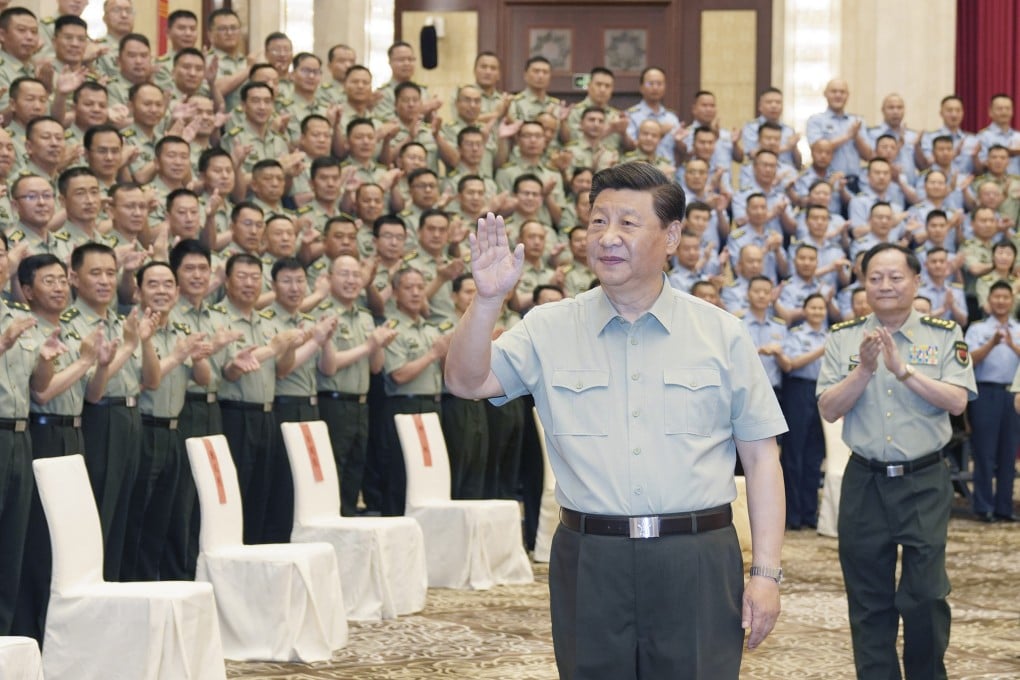‘Surprising shortfalls’ in China military logistics suggest lack of conflict readiness: US analysts
- Centralised PLA logistics system ‘something of a soft underbelly’ that could hamper battlefield effectiveness, say Pentagon experts
- Dynamic decision-making needed to resupply field troops in changing conditions or else challenges will resemble Russia’s in Ukraine

Senior American military analysts have identified “surprising shortfalls” in the Chinese military’s logistics despite recent reforms, suggesting a lack of preparedness if it engages in a conflict in the near term.
“There seem to be some surprising shortfalls in logistics support for PLA Army combat at times,” Arostegui said at the Centre for Strategic and International Studies in Washington on Tuesday. “Without modern logistics methods, how long can the PLA really expect to operate at a tactical level where the fighting really takes place?”
His conclusions are based on a recent Pentagon analysis of Chinese journal articles and official footage from state broadcaster CCTV focusing on the PLA’s lack of logistical infrastructure, from navy replenishment ships to aircraft apron space for maintenance.